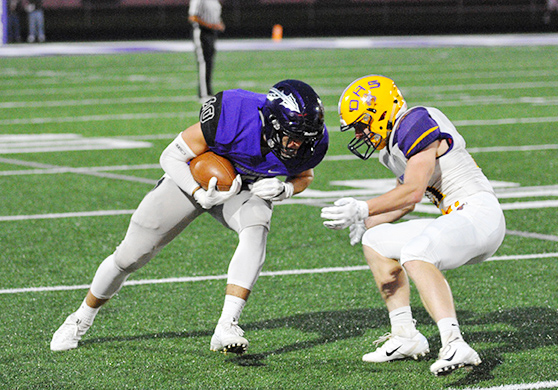Study: Limits on football practice contact making a big difference
Limiting contact during high school football practices was undoubtedly going to reduce head-impact exposure for athletes, but we were unsure just how much.
Now, we finally have an idea.

The two-year study found that the Michigan High School Athletic Association’s (MHSAA) regulation resulted in a 42% decline in head impacts. Linemen experience the biggest drop (46%), followed by receivers, cornerbacks and safeties (41%).
Steven Broglio, PhD, ATC, lead author and director of the NeuroTrauma Research Lab in the School of Kinesiology at University of Michigan said “the study results reinforce the impact that rules changes can have on the players. How this reduction influences concussion risk and long-term cognitive health remains unknown.”
A number of states in recent years have implemented restrictions on contact practices, including Ohio, Illinois, New Jersey, Florida and California.
The study noted that prior to the MHSAA rule change, prep football players averaged 592 head-impact exposures per season. That was reduced to 345 per player after the rule change.
Click here to read more from the study.





